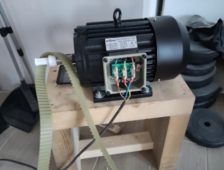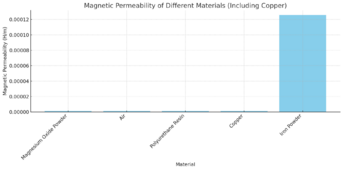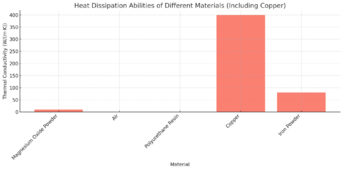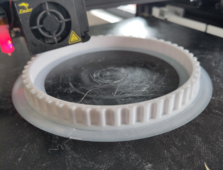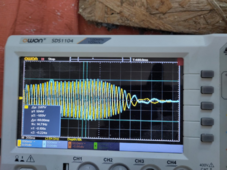brandnewb
Going for serious. starting as newb
magnesium oxide powder has arrived. but that lady with a rather large contour is still not done singing.
This time I will test if only adding iron powder to the coil legs will do what I think it should be doing.
When everything is filled with iron powder like previous test coils, not only the coil legs, then the field will also find easier paths at the end through the coil ends. where the wires do almost nothing.
I will see if this hypothesis holds up or not.
Now for the motor. The slowest I can make it run is at 1.5Hz. any lower and one can detect a non uniform rotation.
But with this motor that 1.5 Hz means like a million times too fast for the PMA.
I am breaking my head to get the PMA to rotate at 3.7 Hz as baseline. Working our way up from there should be not a problem at all as that simply means increasing the motor speed by tiny amounts of Hz. the resolution there is 0.01 Hz.
This time I will test if only adding iron powder to the coil legs will do what I think it should be doing.
When everything is filled with iron powder like previous test coils, not only the coil legs, then the field will also find easier paths at the end through the coil ends. where the wires do almost nothing.
I will see if this hypothesis holds up or not.
Now for the motor. The slowest I can make it run is at 1.5Hz. any lower and one can detect a non uniform rotation.
But with this motor that 1.5 Hz means like a million times too fast for the PMA.
I am breaking my head to get the PMA to rotate at 3.7 Hz as baseline. Working our way up from there should be not a problem at all as that simply means increasing the motor speed by tiny amounts of Hz. the resolution there is 0.01 Hz.



